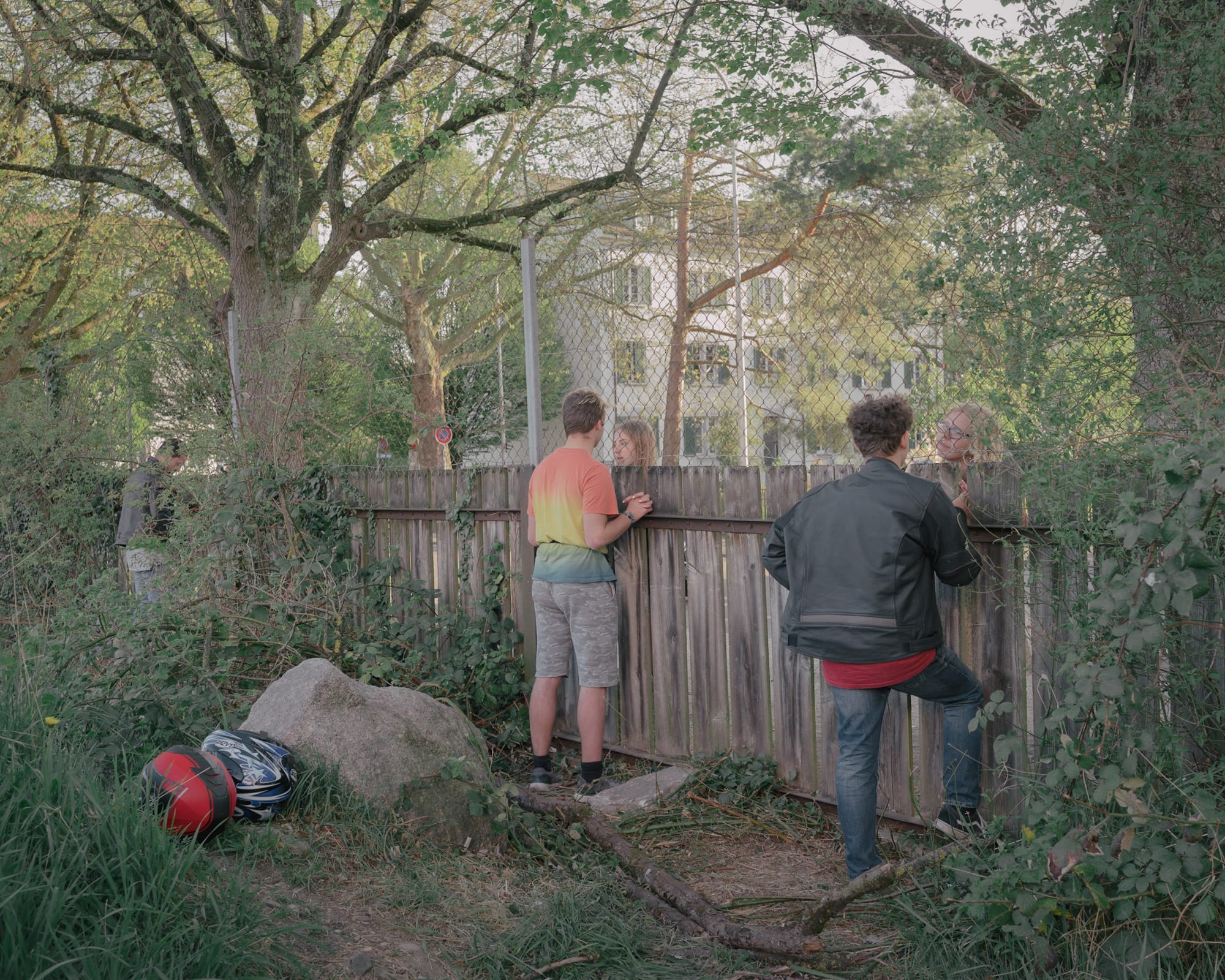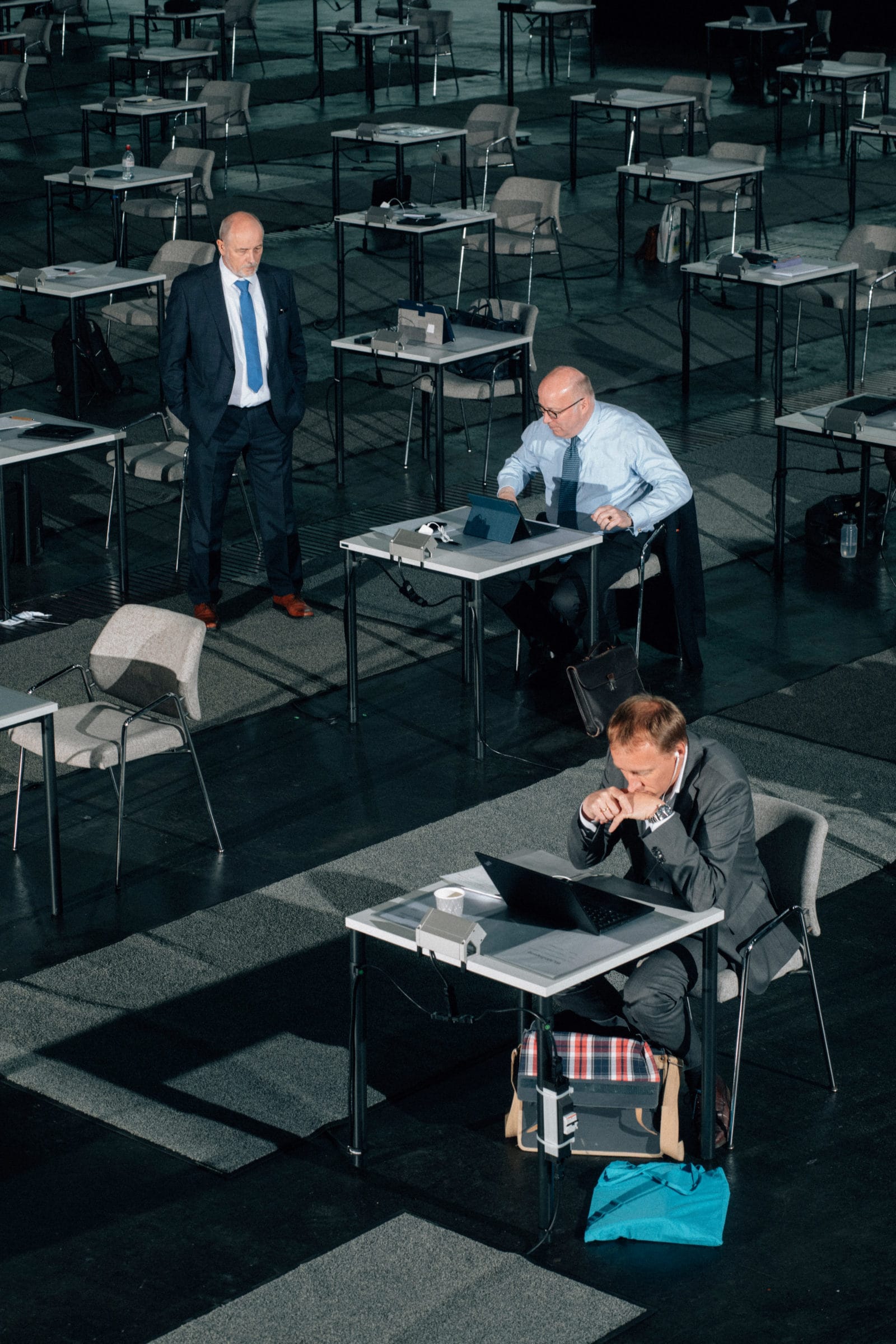10 Days
10 Topics
Tue, 23.06. In Crisis Mode
It has always been a central task of photojournalism to provide the recipients with visual access to the world that they would otherwise be denied. Especially when the viewers themselves cannot be witnesses of the events, photographers convey impressions and insights of how they experience the world. In this way they shape our collective consciousness for global events outside our own field of vision. Despite the democratization of the medium, this is valid especially for reporting from crisis, conflict and disaster regions.
As a result of the Corona crisis, some 2.7 billion people around the globe have been affected by restrictions on their daily lives. In these times of global uncertainty, people are demanding information, because in most places the inaccessible part of the world lies just outside their own doorstep. Particularly in the first weeks after the WHO declared the SARS-CoV-2 pandemic and the subsequent reactions of the global community, it seemed to be more difficult than ever before to get an idea of the state of the world, not least because the work of professional photojournalists was and still is in parts severely restricted.
In a time when the entire planet is becoming a crisis region and there seems to be only one dominating theme, the LUMIX Festival focuses on all those photographers who are working in crisis mode. Photographers whose pictures tell us stories of the everyday, which is suddenly no longer just banal – and visually offers much more than locked playgrounds and empty toilet paper shelves. As well as photographers who find ways to create photographic intimacy, while for many of them even their own family has been pushed into the distance by contact bans and exit restrictions.





